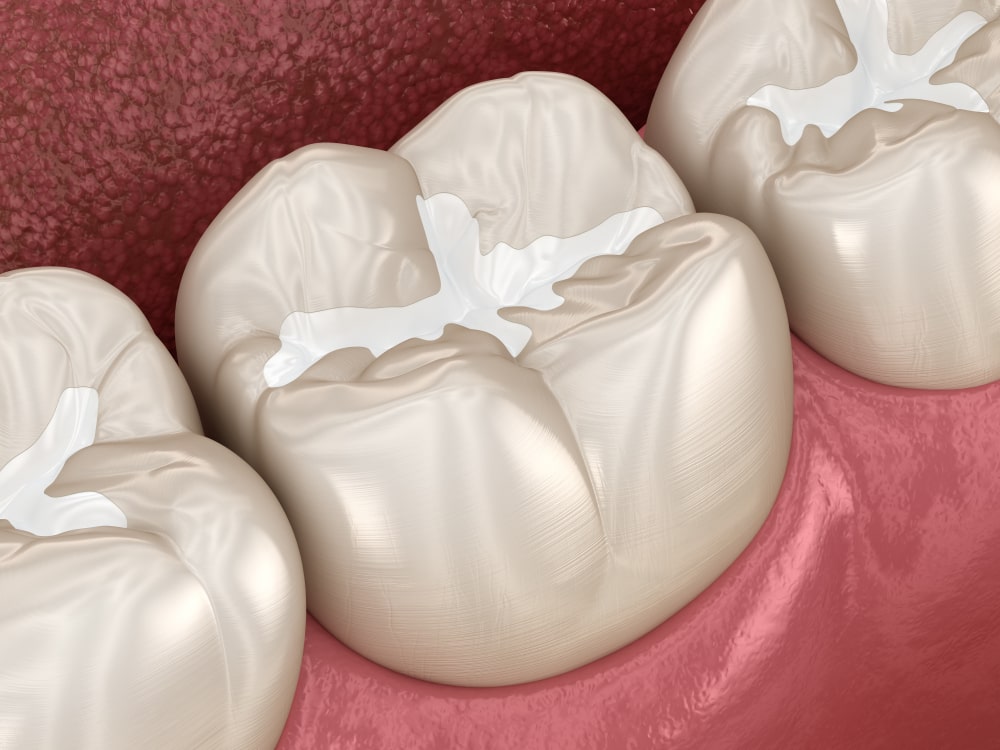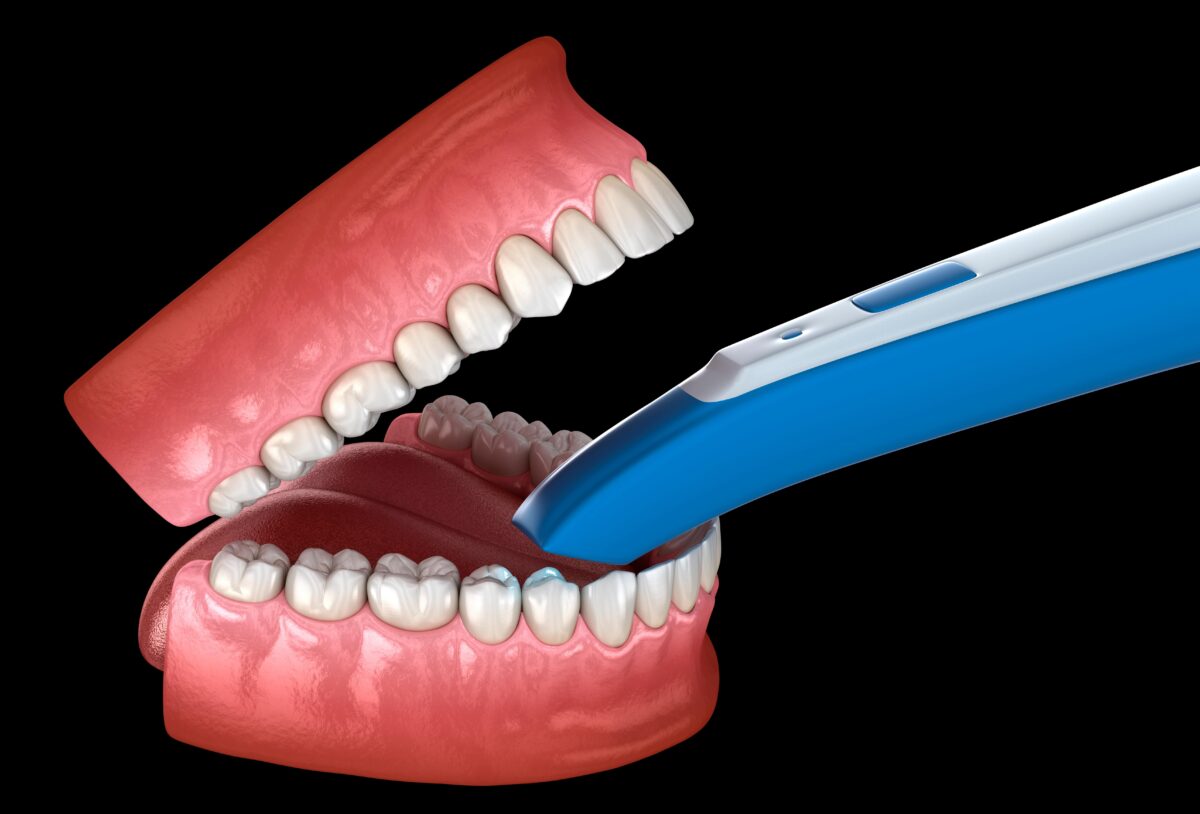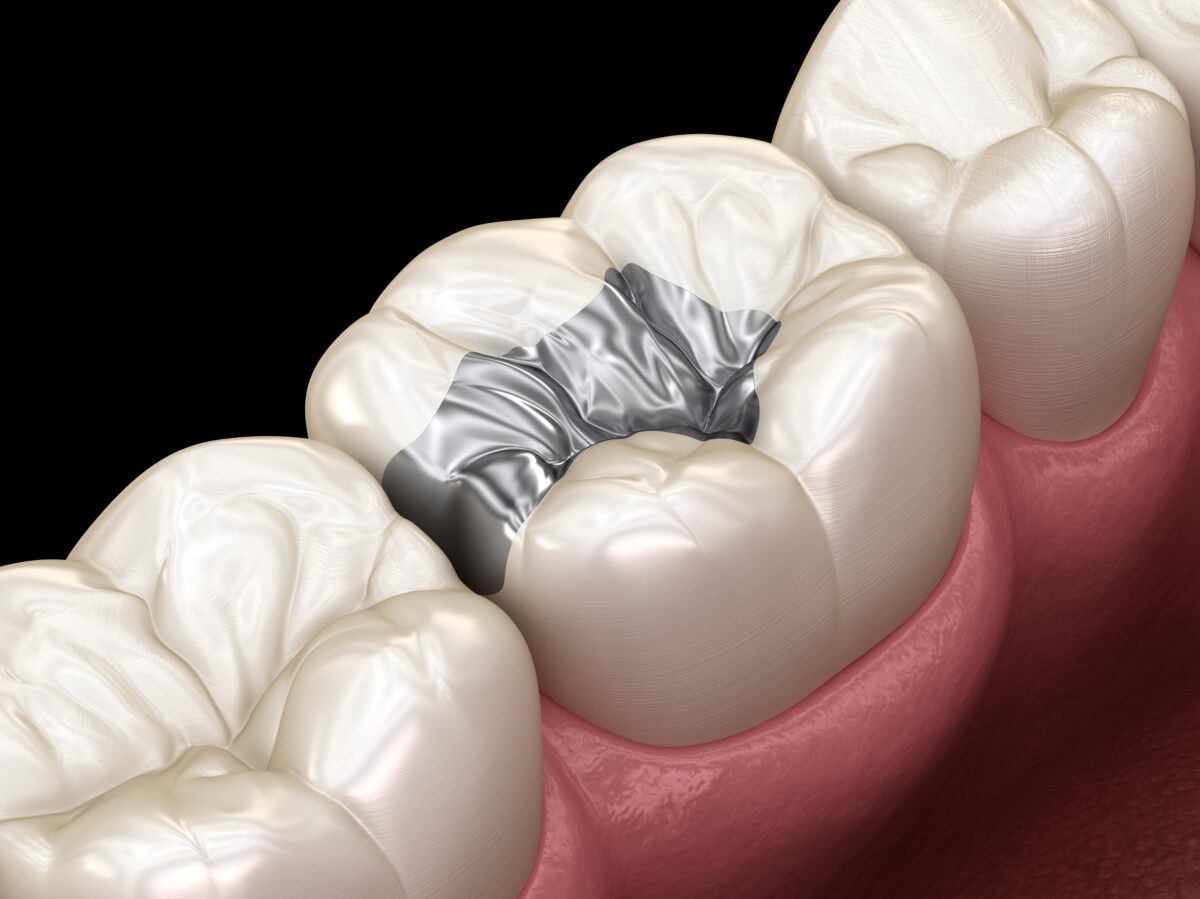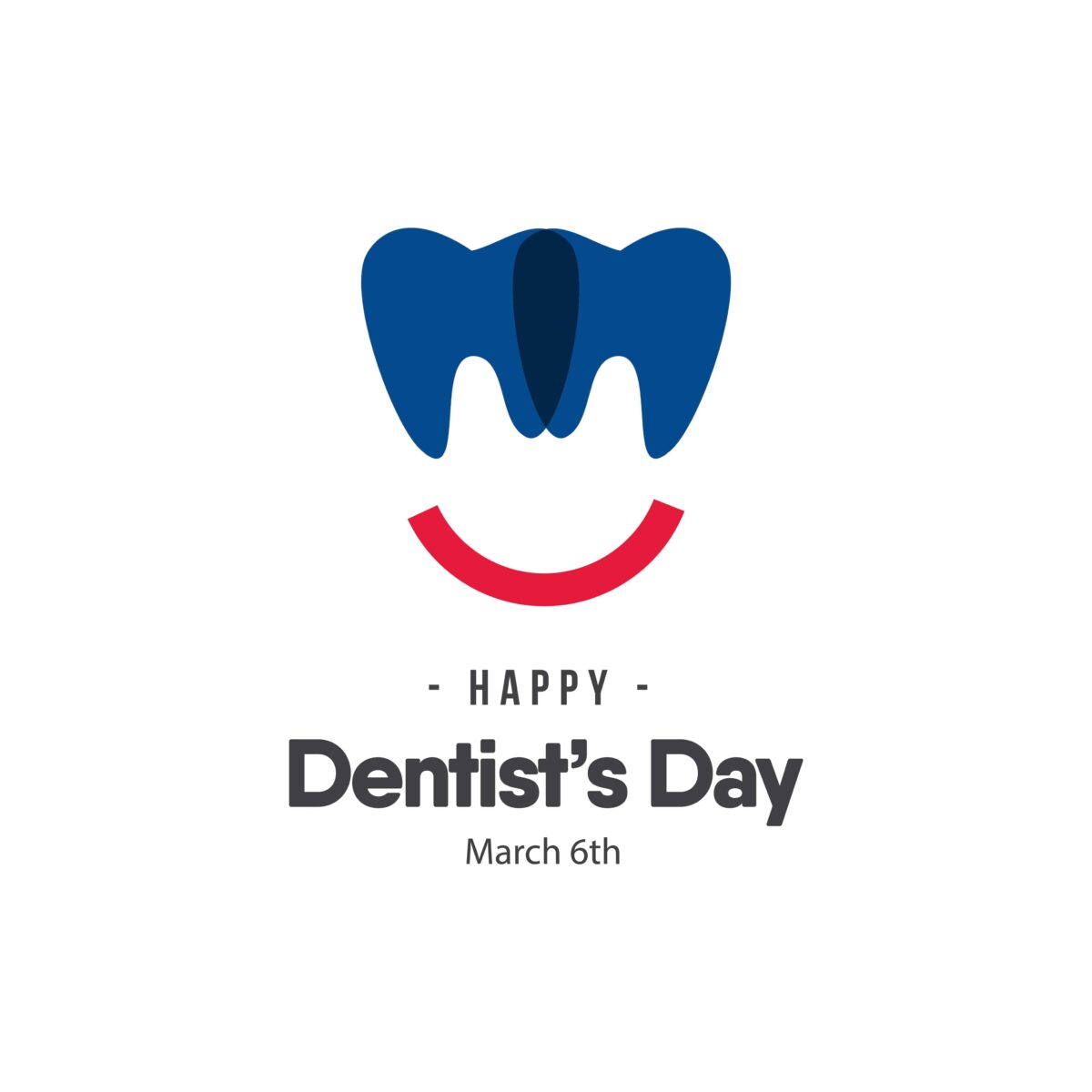A blog post on dental sealants? Sounds like a mouthful, right? Well it’s not! Dental sealants are an easy way to protect your teeth. Dental sealants are composite resin coatings that are hardened on the teeth’s surface to act as a barrier between tooth enamel and the bacteria responsible for tooth decay. To learn more about dental sealants, check out these five facts:
Used on Molars

Dental sealants are most often used on the chewing surfaces of molars and premolars, although they may be applied to any tooth in the mouth. They are predominantly used on molars because the chewing surface of a molar is highly texturized with many pits and grooves that bacteria can easily accumulate within. In fact, the chewing surfaces of molars are one of the most common locations for dental cavities since bacteria often get trapped in the various grooves. Dental sealants reduce the risk of tooth decay by basically acting as a protective shield for the tooth, keeping bacteria out.
Easy to Apply
Dental sealants are easy to apply and can be completed in as little as one dental appointment. This is because sealants are made using composite resin, which is a dental material that can completely bond with the enamel when placed under a special curing light. This means that the sealant can be placed, shaped, and hardened during a single appointment. On average it only takes a few minutes to apply a sealant to a tooth.
Aesthetic
Besides allowing for an easy application, composite resin also has an aesthetic appearance. This is because it is composed of various materials that resemble the natural color and translucency of teeth. What this means is that you won’t be able to tell the difference between where your tooth ends and the sealant begins. In some cases, dental sealants are even clear.
Highly Effective
Dental sealants are highly effective at preventing tooth decay. The American Dental Association says that the use of dental sealants can reduce the risk of cavities by 80% in the first two years and about 50% in years 2-4. Technically, dental sealants can remain on your teeth for up to 9 years, although that is generally not recommended since they are barely effective at that point.
Safe
Sealants have recently come under fire due to the fact that they are made with minute traces of BPA, which has raised some concerns about their safety. Despite this claim, the American Dental Association has devoted hours and hours of research on sealants to ensure they are safe. In fact, their findings suggest that there is more BPA in the air we breathe than in dental sealants. In some cases, there are also BPA-free sealants.
Overall, dental sealants are an easy way to protect your teeth from decay by using a layer of composite resin. This method is effective, aesthetic, and safe. For more information about how sealants can help you, schedule a consultation today.





